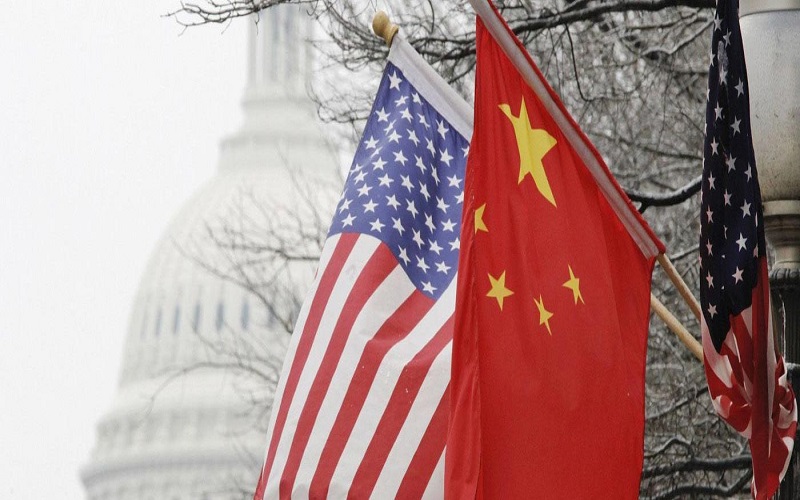STEEL PRICE HIKE IN U.S. HEIGHTENS IMPORT THREAT FROM CHINA
US flat product producers have successfully implemented at least a proportion of their latest round of proposed increases. However, the upward movements now appear to have stalled. Local supply is slowly returning to normal and the recent hikes, together with expanding domestic delivery lead times, have spurred an interest in imported material.
Canadian transaction values are unchanged from April, with some market participants anticipating a little softening during June, once regular supply is resumed. Production problems, at several mills, have kept things tight.
Chinese domestic prices continued to head downwards, following the May 5 Labour Day holiday. The cuts are being driven by excessive production capacity, falling raw material costs and slower manufacturing growth. Nevertheless, forecasts suggest that steel demand is set to improve as construction and manufacturing activities pick up for seasonal reasons.
In Japan, the supply/demand balance is improving. Since the Golden Week holidays (April 29 to May 5), shipments have increased, thus reducing inventories. Export volumes continue to trend downwards due to severe oversupply in the Asian region. Meanwhile, imports from China, Taiwan and South Korea are climbing, attracted by healthy Japanese demand.
In South Korea, a lack of sales opportunities in an extremely competitive export environment is being aggravated by the appreciation of the won. MEPS has noted no improvement in demand, which remains lacklustre, amidst surplus supply resulting from domestic overcapacity and an influx of cheap Chinese material.
The rebound in Taiwanese prices, experienced earlier in the year, has been blunted by a steel glut on the Chinese mainland which is creating import pressure. Moreover, local market demand has slowed due to a contraction in manufacturing output.
In Poland, steelmakers have, once again, reduced transaction figures in a climate of poor demand. Forecasts for steel consumption later this year remain cautiously optimistic. The economic recovery continues in the Czech Republic, helped by the devaluation of the local currency, which has boosted exports of finished goods.
In Western Europe, trading volumes of flat products have been slow since MEPS’ April report, due to a number of Easter and Labour Day holidays. Only minor price changes have been noted. Overcapacity, negative sentiment and increasing third country competition persist, enabling buyers to resist mill efforts to impose increases. Nevertheless, macroeconomic forecasts are optimistic in several countries, encouraging producers to slightly raise some of their offers.
Source – MEPS International Steel Review
